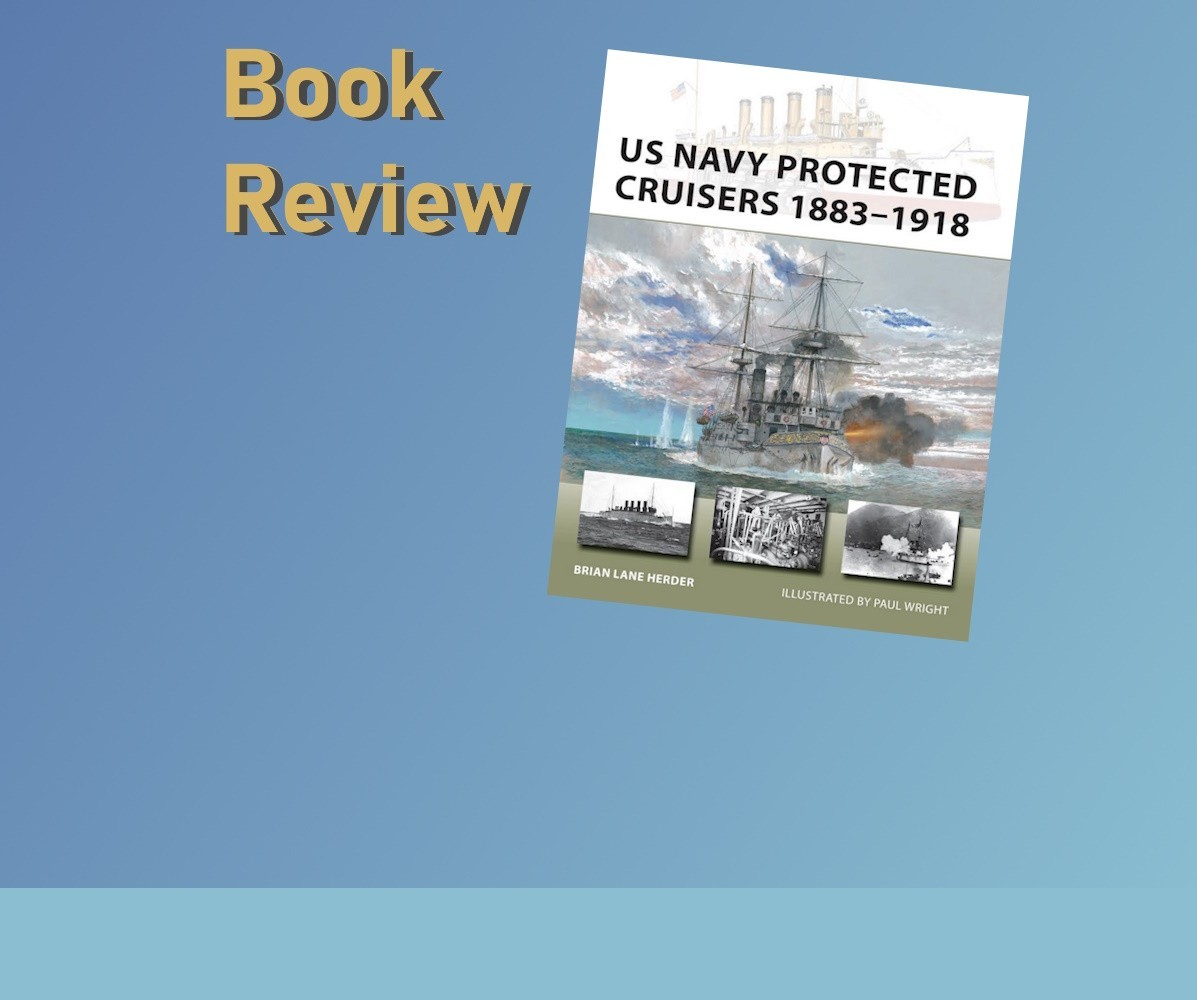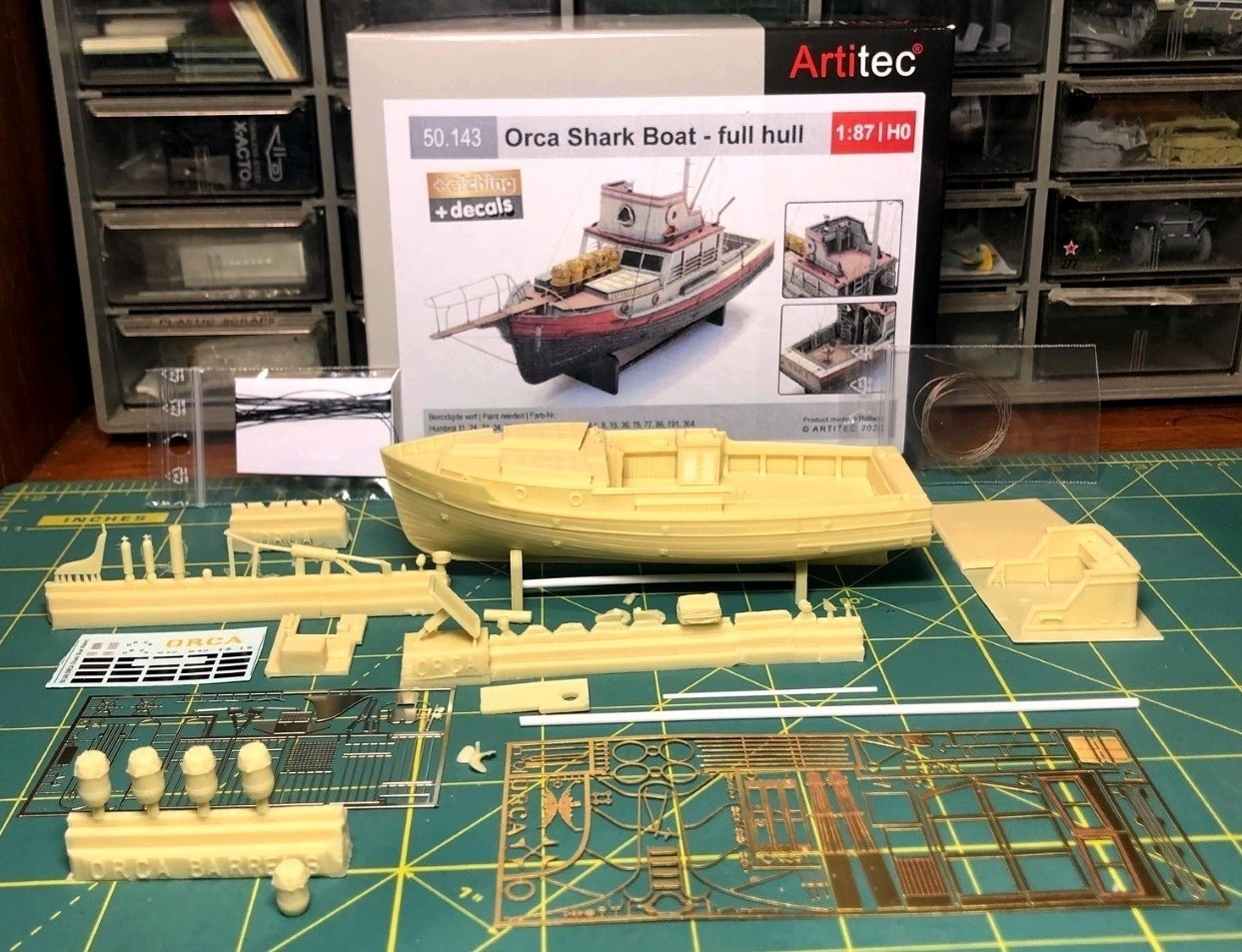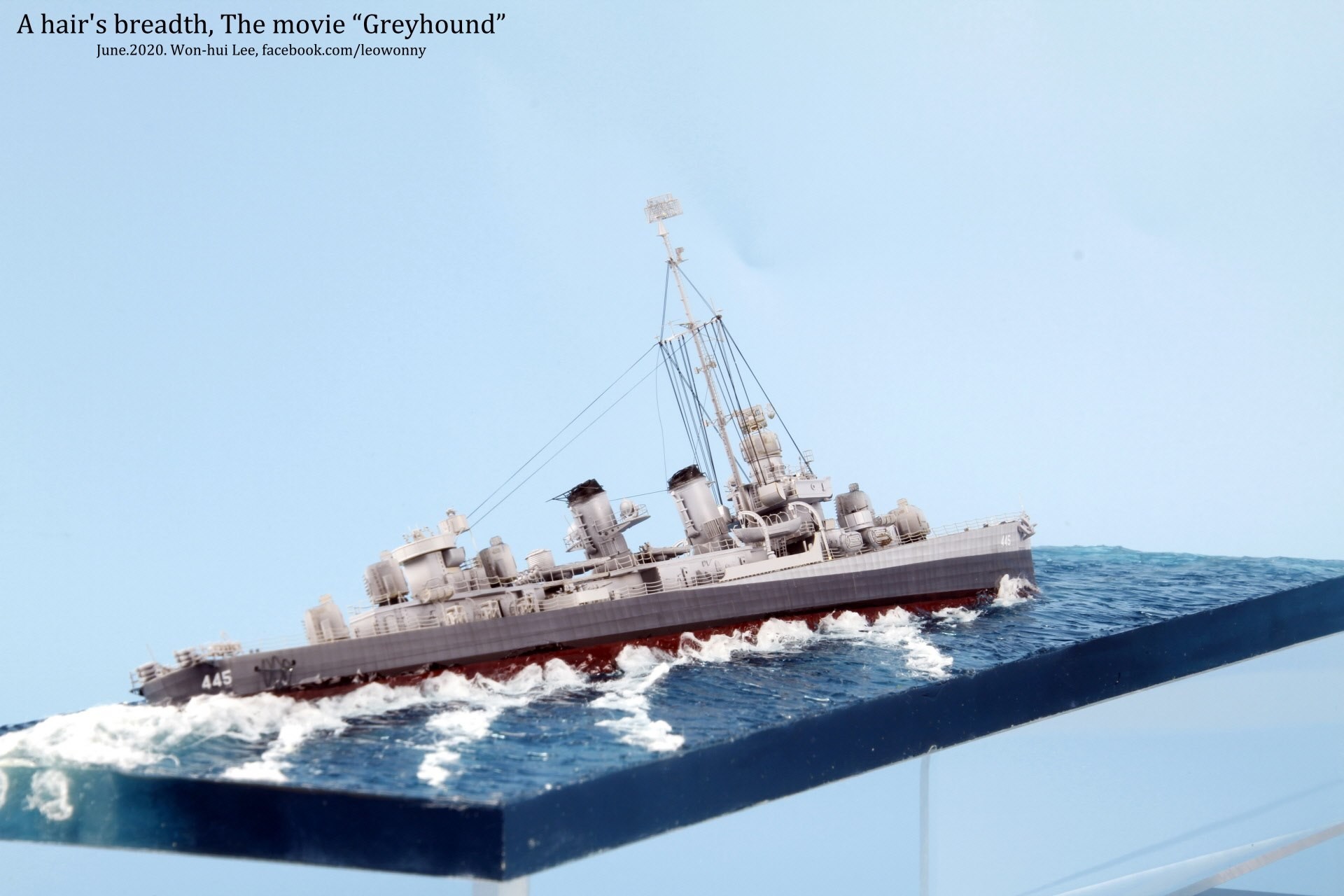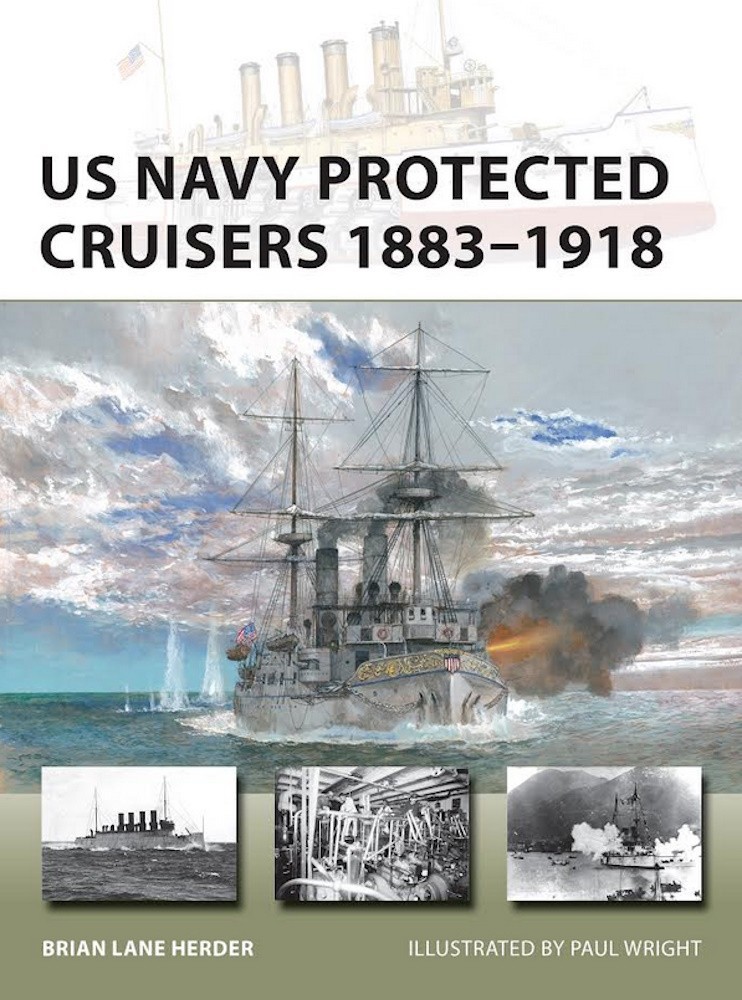
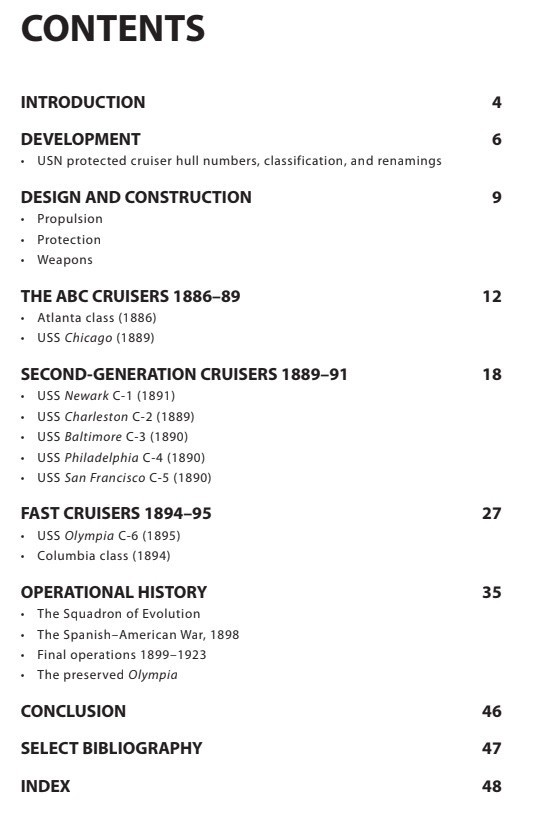
US Navy Protected Cruisers 1883-1918
Steve Santucci reviews US Navy Protected Cruisers 1883-1918 from Osprey Publishing. Part of the series New vanguard, it is available in softcover (ISBN 9781472857033), PDF, and ePUB.
The book provides an examination in the two specific classes of protected cruisers and their evolution from design to conception. The Two classes are the Atlanta and Chicago class developed in the late 1880s and early 1890s. The Author provides and ABC’s of the Cruiser class with the differences of the two classes. The differences were the development of improved armaments and the changing needs of the Navy and any design flaws that required correction in later ships thus the two classes. A third class was introduced as the Philadelphia and San Francisco. With improved propulsion in the mid-1890s introduced yet another class compromised of now one of the oldest surviving Steel Ships in the US the Olympia (home in Philadelphia seaport).
The last portion of the book deals with the operational history of the Cruisers and the evolution and formation of the White Squadron. The White Squadron was created a good will tour of the coastal united states to drum up public support for the purpose of continued funding. The author provides the military actions the cruisers participated in including the Spanish-American War and the actions in the Caribbean and Asia right up and through WWI. The book finishes with the fate of the Ships in a post WWI era and the final pages provide modern photos of the last surviving US protected cruiser at the Philadelphia Seaport.
Photographs and Artwork
The Book provides great color illustrations of the various class ships and cut-aways to peak beneath the steal skin. Period photos of the various ships populate the pages as well. Data charts on the various ships and classes provide the reader with detailed information. Also Military actions that the ships took part in are included with maps depicting their movements and actions.


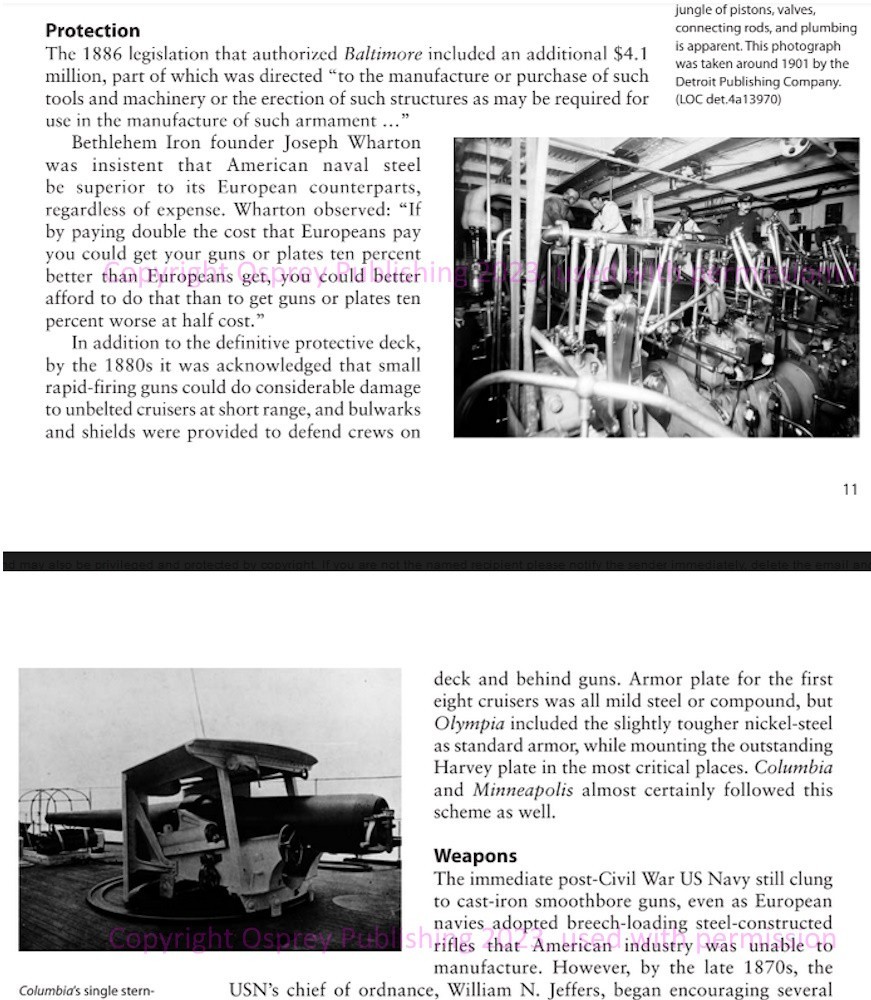
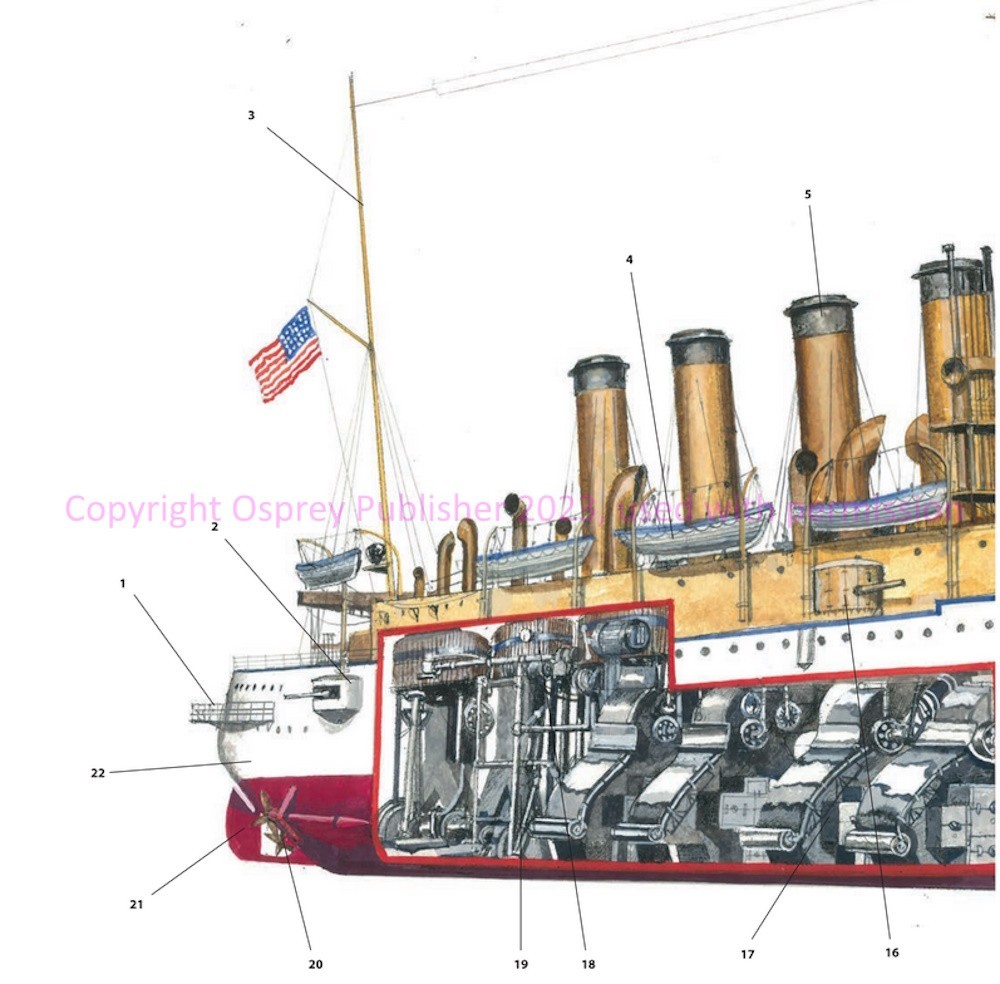
Conclusion
Over All the book gives the casual reader of history a good background on an often overlooked period of US naval history, provides war gamers and model builders with solid resources for their projects.
Please remember to mention to Osprey and retailers that you saw this book here - on Model Shipwrights.











